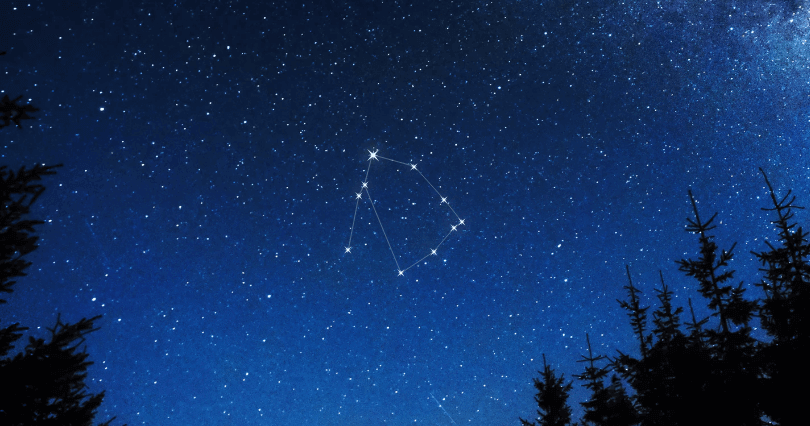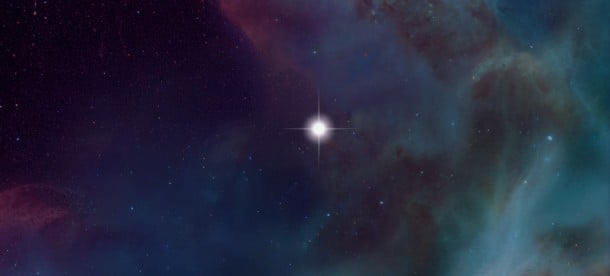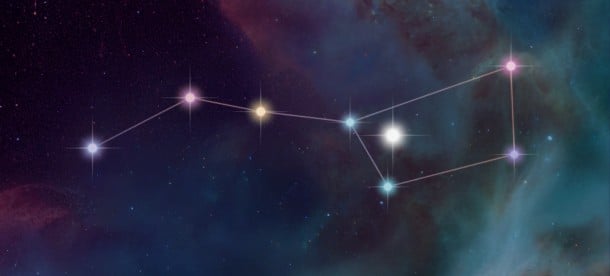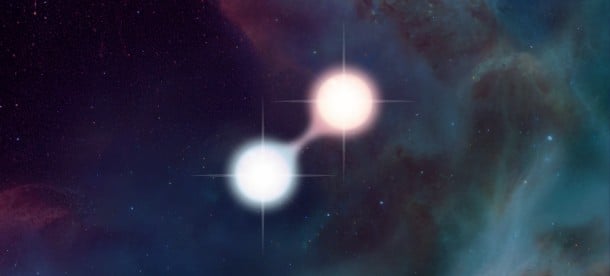Ophiuchus Constellation

Ophiuchus constellation is inconspicuous constellation that lies near the celestial equator in the southern sky. Although it is connected to the ecliptic, the constellation is not a member of the Zodiac constellations family. Its name is Greek for ‘the serpent bearer’, and it is connected to the famous healer named Asclepius from Greek mythology. Ophiuchus constellation was introduced by Ptolemy, a famous Greek astronomer in the 2nd century CE, and is officially recognized and listed as one of the 88 modern constellations by IAU. Sometimes, the constellation is known by other, Latin names – Serpentarius, and Ophiuchus constellation is usually depicted as a man holding a snake, in which the snake is represented by Serpens constellation. The constellation is located between constellations Hercules and Scorpio in the night sky. It is depicted as a man holding a snake.
How to find Ophiuchus constellation?
Ophiuchus is the 11th largest constellation in the sky, and it lies in the third quadrant of the southern hemisphere. This constellation is visible to all observers and could be seen at latitudes between +80° and -80°. Constellation is located nearby Aquila, Libra, Scorpius, Serpens, Hercules and Sagittarius constellations in the night sky.
Ophiuchus constellation is a member of the Hercules family of constellations, along with Corona, Ara, Aquila, Centaurus, Corvus, Crater, Crux, Cygnus, Hercules, Hydra, Lyra, Lupus, Sagitta, Sextans, Scutum, Serpens, Vulpecula and Triangulum Australe constellations.
Major stars in Ophiuchus constellation
Ophiuchus constellation is a home of several notable deep sky and Messier objects like: the Twin Jet Nebula, the Little Ghost Nebula, the dark nebulae Barnard 68, the Pipe Nebula, the Snake Nebula, the Dark Horse Nebula, Messier 9 M9, Messier 10 M10, Messier 12 M12, Messier 14 M14, Messier 19 M19, Messier 62 M62 and Messier 107 M107. It contains seven stars with confirmed planets and there are 4 meteor showers linked to this constellation: the Ophiuchids, the Northern May Ophiuchids, the Southern May Ophiuchids, and the Theta Ophiuchids. Notable stars that are part of this constellation are Rasalhague, Alpha and the brightest star of this constellation with a magnitude of 2.08, Kepler’s Supernova and the Barnard’s Star.
Mythology of the Ophiuchus constellation
Ophiuchus is linked to the son of the god Apollo – Asclepius, a figure from ancient Greece who was able to bring the dead ones back to life with his healing powers. He learned this by seeing a snake bringing healing herbs to another snake. This event is linked to the story of Glaucus, son of King Minos, who drowned by falling into a jar of honey. Snake tried to access his body, and Asclepius killed it, but shortly after another snake went by and placed a herb on the first one and the killed snake was brought back to life. He used the same her and put it on Glaucus’ body and he resurrected immediately.
This healer was thought and raised by Chiron and in one of the versions of this myth, he was given the blood of Medusa by Athena goddess. The blood from its veins on one side was poison, but on the other was a cure for resurrection.
Some versions of the myth linked him with Hippolytus, represented by Auriga constellation, the charioteer who was thrown from his chariot.
Asclepius was eventually killed by the Zeus because he was worried that all the humans will become immortal. Hades was also worried that there will be no dead souls for him too, and the two went on a mission to kill the healer. Zeus killed him with his thunderbolt and placed his image in the night sky to honor him for his service – and this is the story of how the healer became the constellation Ophiuchus or the Serpent Bearer.
Choose your package
-
Lifetime Entry in Star Catalog
-
Guaranteed visible from your location
-
Star Finder app access


-
Free & express shipping available
-
PDF Emailed in Seconds
-
Everything from a Standard Star package
-
Choose a Star Constellation
-
Easier to find in the Sky




-
Free & express shipping available
-
PDF Emailed in Seconds
-
Everything from a Standard Star package
-
Name Two Stars together
-
Extra bright and Unique 2-Star Pair






-
Free & express shipping available
-
PDF Emailed in Seconds



